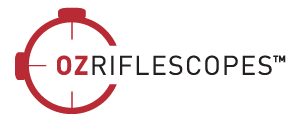
Choosing the ideal pair of binoculars begins with familiarizing yourself with a few technical jargon. There are two basic features that determine the performance and purpose of a pair of binoculars. This guide will introduce you to the key concepts of binocular design and specifications.
Introduction to Binoculars
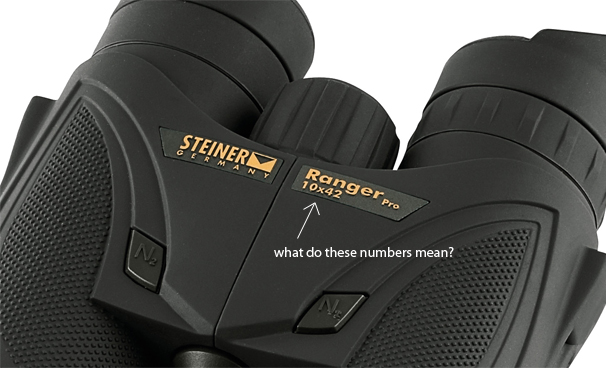
See the numbers imprinted on the Steiner Binoculars above? The imprinted numbers on the binoculars denote the configuration or specifications of that binoculars. The first number determines the magnification power of the binoculars while the second number indicates the binoculars' aperture size. Thus, the Steiner Binoculars above features 10x magnification and 42mm aperture size.
Binoculars Specifications
Magnification / Power
Magnification, or also known as power, refers to the number of times a viewing image is enlarged or intensified. For instance, if a binoculars utilize 10x magnification, an object that is 100m away will seemingly appear to be just 10m away. You would be able to view the said object in a more detailed manner.
Aperture Size
Aperture size refers to the diameter of an objective lens (lens placed at the front of the binoculars). The size of the this lens determines the light gathering ability of the binoculars. The more light gathered, the better the image clarity produced. Going back to the example of the Steiner Binoculars, the binocular has an 42mm aperture. Compared to another binocular with a 32mm aperture, it gathers more light especially in low-light conditions. However, the larger aperture makes up bulkier and heavier binoculars. Thus in this case, you might want to truly consider your binoculars usage situations by weighing out portability and image clarity features. Below are the examples of different aperture sizes in relative to its image clarity.
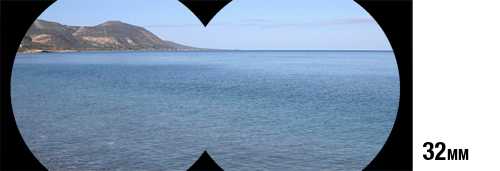
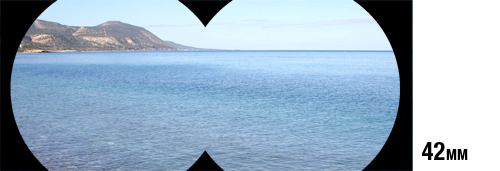
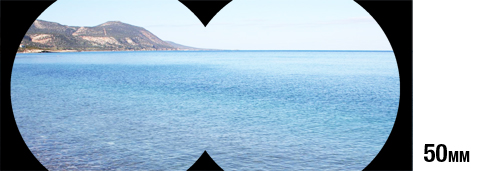
Diopter Adjuster
Most of the binoculars available in the market features a diopter adjuster (commonly located on the right side of the binoculars). This diopter adjuster allows for fine focusing adjustments to your eyepiece in order to compensate the difference of your both eyesight. It is advised to configure the focusing knob beforehand to focus both eyepiece at the same time. From there, you can fine-tune the diopter adjuster to focus the eyepiece according to your individual eyesight power.
Eye Relief
Most binoculars allow for comfortable viewing even with your eyeglasses on, this is possible because of eye relief. The longer the eye relief, the more comfortable it is for users to utilize the binoculars without straining the eyes close to the eyepiece lens. Eye Relief simply refers to the distance that images are projected from the eyepiece lens to user's focal point. They can range from 5mm to 23mm. If you are looking for binoculars suited to those who prefer to wear eyeglass / sunshades, get those with at least 15mm of eye relief for comfort viewing.
Optical Coatings
Binoculars are usually equipped with coatings on its objective lens for various purposes; to either eliminate reflection, enhance the image quality or both. These coatings are essential for boosting the image quality of the binoculars. Below are some terms that you might come across when browsing for binocular:
- Coated Optics:
- An anti-reflective single-layer coating is applied on one or more of the surfaces.
- Fully Coated:
- An anti-reflective single-layer coating is applied on all air-to-glass surfaces.
- The Tasco Essentials 12x25 Roof Binocular is an example of a fully coated lens binocular.
- Multi-Coated:
- An anti-reflective multi-layer coating is applied on one or more surfaces.
- The Bushnell PowerView 10x50 Instafocus Binocular is an example of a multi-coated lens binocular.
- Fully Multi-Coated:
- An anti-reflective multi-layer coating is applied on all air-to-glass surfaces.
- The Vortex Diamondback HD 15x56 Binocular is an example of a fully multi-coated lens binocular.









